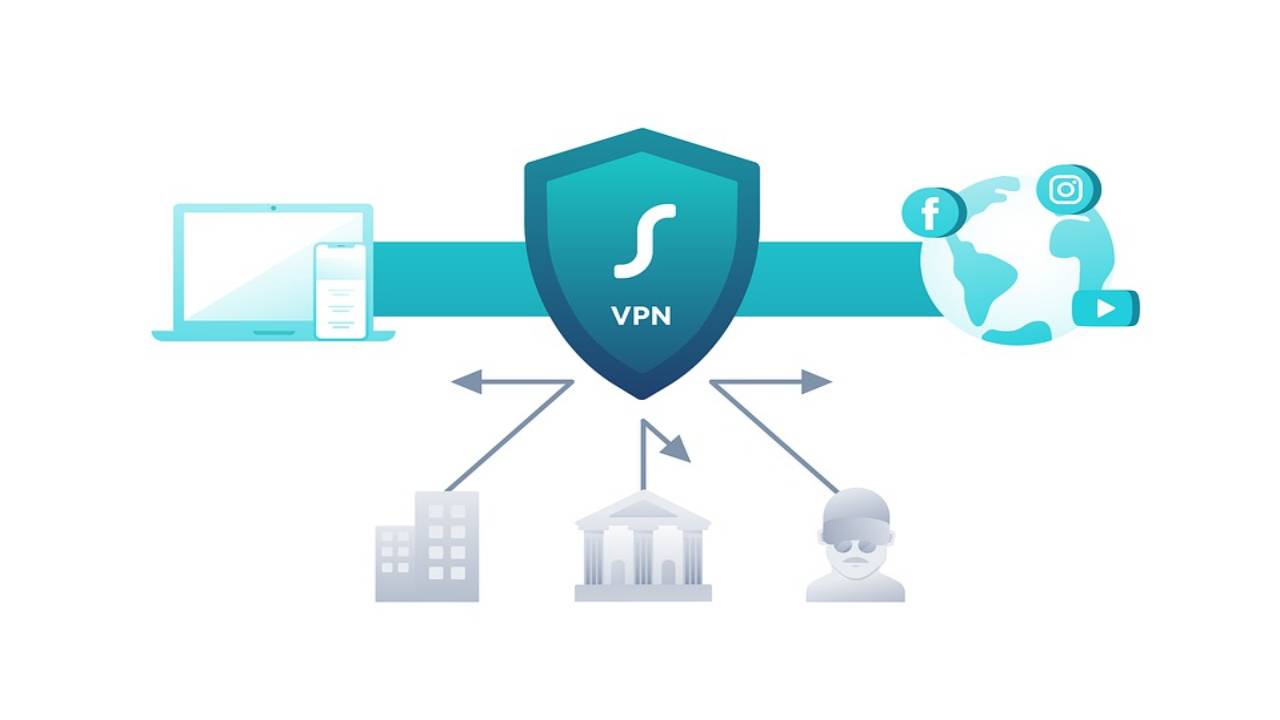There are several reasons you need a router for home VPN. A VPN sets your internet traffic to a different location other than the actual one. But then, how do you connect a VPN to a home router? In our discussions, we shall learn how this is done step by step. Before that, let’s know how to make the router ready for the connection.
Table of Contents
1. Getting a Firmware for the Home Router
Before connecting a VPN to your home router, you will start by installing a DD-WRT free firmware. This is an open-source firmware that supports OpenVPN software and several clients at large.
Ensure you confirm whether the router is supported before to avoid experiencing having a void warranty or even the router’s cases not helping any clients in the future.
2. Find out the Home Router’s IP Address

Different operating systems search for routers IP addresses differently. It is upon you to get an online guide on how this is done to get it right away. After this, the address displays on the default gateway line on the screen. You can copy or save it somewhere to use it later.
3. Accessing the Router
Enter your IP address in a browser just the way you key in a URL. This will afterward prompt you to enter the username and password of your router. This information is in the router’s manual.
4. Finding the Installation Page of the Firmware
You will find the install page under Administration in most routers. You will make several clicks around until you locate the install page of the firmware.
5. Uploading the DD-WRT Bin File
You are almost approaching the last step of making your router ready for a connection to a VPN. First, ensure you have the right file on your browser. Confirm it is the right one and then upload it. You will wait, and if everything is correct, the router will have a DD-WRT onboard.
6. Setting a Username and Password
In your preferable browser, enter the default DD-WRT IP as the way you do with a URL. This is where you will enter new details, both a new user and password. After you complete this, your router will now be ready for a VPN connection.
7. How to Connect Your Home Router to a VPN
Once you have made your router ready for a connection, it is now time to set the VPN on your router. Let’s hold gears to gain knowledge on how to connect your home router to a VPN.
i. Step One: Opening the Configuration Panel
Start by keying in the router’s IP in your preferred browser. However, if you still can’t remember the IP address, you can use the steps above to get it. Remember that all browsers have a different way of finding IP addresses. Therefore get it right first before you can start the connection process.
ii. Step Two: Make Use of the Provided VPN Client Guidelines
Every VPN app has a different process to set up other firmware. Therefore, you should get in touch with their support team or an online instruction guide of the particular VPN you need to use. At this step, ensure you are connected to stable internet and follow instructions to the end.
ii. Step Three: Test It
Once everything is done as required, you should test it to see whether it has started working. In case it doesn’t work, then you did not follow the set VPN instructions. However, if you followed instructions to the somewhat, then be assured everything shall work well. You can log into your router and make any further adjustments to the settings whenever you need to do it.
These are simple steps you will follow to connect VPN to your home router. You must gain knowledge of how a VPN router is used. Below are a few tips for using your home VPN router.
8. Always Ensure You Connect to Nearest Servers.
The distance between the router operator and connected servers determine the browsing speed. Ensure you connect to servers closest so that you increase the speed of your internet connection when you browse using a VPN.
9. Avoid Doubling the VPN
Although this is a thing most people would like to do, it is not recommended by client support. Doubling it decreases the browsing speed.
10. Make Use of the Latest Encryption Standards
You should employ the newest encryption standards like the IKEv2 since they are more secure and faster at large. Even if your VPN does not support this, get the latest options to provide you quick and secure services.
11. Ensure to Bookmark the Router Settings
The router’s IP address is essential in quite everything you will need to do with your VPN. Therefore, it is good you bookmark it so that accessing the VPN router settings becomes easier.
12. Stay Cautious to Free VPNs
Always put a comprehensive eye on anything that is offered for free. The free VPNs lack the security standards you will find with the paid options at large. You can even be in a situation where you deal with intrusive ads and slower performance.
Summary
It is not an easy task setting a VPN on a router. However, even if it seems such a daunting task, it turns out to be a smooth task once you know how to do it. The benefits of connecting a VPN to your home router are many. Therefore, this is a thing to consider if you need access to items blocked from your region.
Having gone through this project, you have a clear idea of connecting your home router to a VPN. You have also learned the tips on how to use a VPN router. Get informed about the benefits of a home VPN router, and don’t hesitate to give it a try.
Tech India Today
Related posts
Recent Posts
- How Important is Competitor Analysis? November 13, 2023
- Securing the Internet of Things: A Growing Concern October 2, 2023
- When DevSecOps Shines: Reinventing Software Development May 17, 2023
- Implementing Infrastructure As Code (IaC) With DevOps April 21, 2023
- What Can You Gain By Choosing a Reputable HVAC Software Solution? March 19, 2023
Categories
- Artificial Intelligence (AI) (18)
- Augmented Reality (AR) (5)
- Automotive (7)
- Blockchain (2)
- Business (45)
- Career (4)
- Cloud Computing (6)
- Computers (4)
- Content Management System (1)
- Cryptocurrency (1)
- Cybersecurity (7)
- Data Science (1)
- Digital Marketing (32)
- E-commerce (1)
- Education (6)
- Electronics & Hardware (10)
- Entertainment (5)
- Finance (9)
- Gadgets (23)
- Games (3)
- HTTP (3)
- Industry (2)
- Infographics (3)
- Internet (138)
- Internet of Things (IoT) (22)
- Job (3)
- Lifestyle (2)
- Machine Learning (7)
- Marketing (45)
- Marketplace (2)
- Mobile Apps (20)
- Natural Language Processing (2)
- Network (15)
- News & Trends (15)
- Operating System (OS) (6)
- Programming (10)
- Robotic Process Automation (RPA) (13)
- Security (19)
- SEO (24)
- Social Media (29)
- Software (35)
- Tech India Today (1)
- Technology (166)
- Virtual Reality (VR) (2)
- Web Apps (12)
- WordPress (1)
- Workflow (2)
- Workforce (2)
- Workplace (1)
- Workspace (1)

